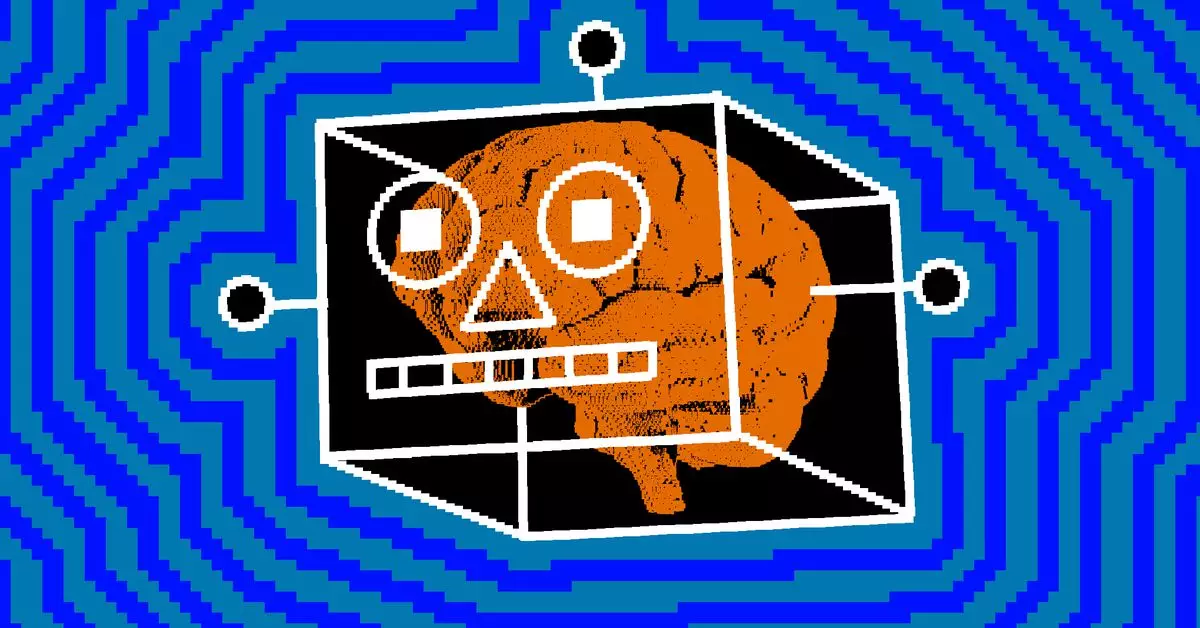In the ever-evolving landscape of technology and artificial intelligence, Google appears poised to unveil a transformative new tool—tentatively named “Project Jarvis.” According to recent reports from The Information, this innovative project could be showcased as early as December, highlighting Google’s ambition to streamline user interactions with the web. Boasting capabilities that resonate with the growing trend of automation, Jarvis seeks to transform mundane online tasks into a seamless, automated experience.
The Concept Behind Automation
Project Jarvis is designed to facilitate a variety of tasks that users typically undertake daily, such as conducting research, purchasing items, and booking flights. These functions are performed through a version of Google’s Gemini, specifically tuned to operate effectively within the Google Chrome browser. This focus on web-based interactions reflects a careful consideration of user habits, catering to the ways people engage with online content. By interpreting screenshots, Jarvis can dynamically click buttons and input text, initiating a level of automation that could significantly enhance user efficiency.
As Google dives into this arena, it’s noteworthy to consider the competitive landscape. Major tech players are racing to roll out similar features. Microsoft is working on its Copilot Vision, which allows users to converse about the web pages they are viewing, while Apple is rumored to be integrating intelligent features that will enable proactive interactions across its suite of applications. Even Anthropic has recently launched a more rudimentary update to its Claude model, aiming to harness computer resources for users, albeit with its share of limitations and bugs. OpenAI is reportedly exploring analogous developments, reinforcing the notion that Jarvis is part of a broader movement towards smarter, more interactive web assistance.
Despite the excitement around Jarvis, The Information has flagged potential hurdles in its wider rollout. Currently, Jarvis can reportedly take several seconds to execute each command, indicating that operational speed remains a vital area for improvement. As with any nascent technology, early testing phases are critical. Google is discussing the possibility of inviting a limited group of testers to help refine the system, aiming to iron out any kinks before a larger public rollout.
Project Jarvis exemplifies the industry’s ongoing drive to enhance user experiences through automation. By potentially allowing users to delegate everyday online activities to an intelligent assistant, Google may not only redefine how individuals interact with technology but also set new standards in the field of AI. As we await further developments and the promised showcase in December, the question remains: How will businesses and consumers adapt to and benefit from this shift towards automation? Ultimately, whether Jarvis lives up to its transformative potential will depend on its execution and the user experiences it creates.


Leave a Reply